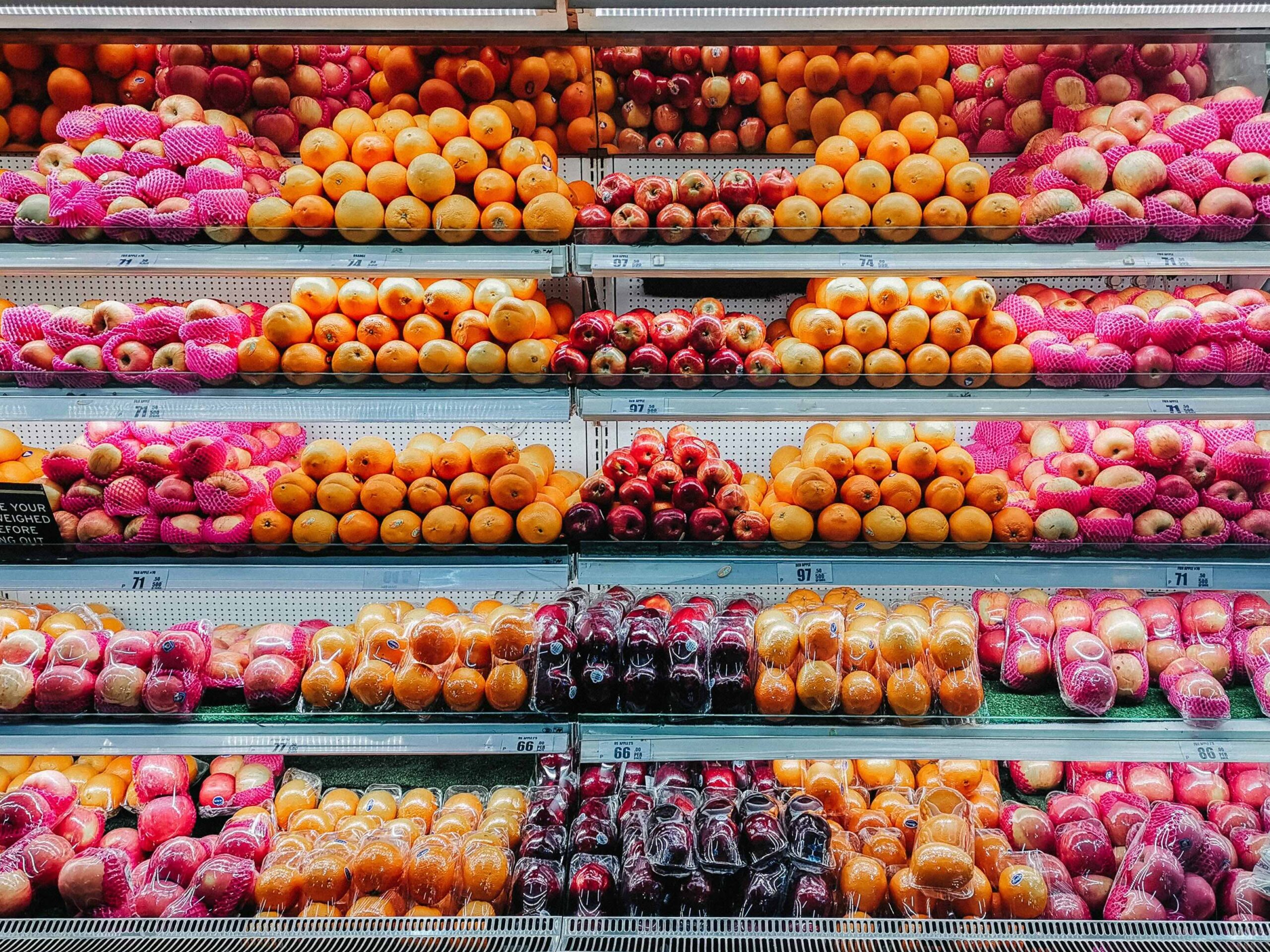Rising U.S. agricultural imports, especially fruits and vegetables (F&V), have recently captured the attention of domestic producers. Between 2014 and 2023, U.S. agricultural exports increased from $152 billion to $179 billion, while imports grew to $195 billion from $109 billion (USDA Agricultural Trade Outlook, December 2014 and November 2023). During the same period, F&V exports remained stagnant ($24 billion), but their imports nearly doubled ($27 billion to $50 billion). Volume growth has been higher than the growth in value, e.g., the volume of blueberry and bell pepper imports increased by 194 and 110 percent, respectively, between 2011 and 2022. The import volume growth in the last decade has increasingly occurred during the harvesting windows for U.S. fresh produce (April through September, see Exhibit 1 for the case of blueberries).
While American consumers enjoy a healthy diet and lower prices from the growth of F&V imports, domestic growers are challenged in protecting revenues already stressed by labor costs and weather events. In response to U.S. Trade Representative’s request in 2021, the U.S. International Trade Commission (USITC) examined import competition in specific F&V industries but provided mixed results. In the case of cucumbers and squash, the USITC reported that American growers could actually do better if imports were lower than current levels. However, in blueberries and spring table grapes, the USITC found that imports did not harm the domestic industry.
A recent study at the University of Georgia (UGA) examined the impact of imports on American growers’ revenue for four fresh produce: asparagus, bell peppers, blueberries, and strawberries. The study used an economic framework similar to that in USITC’s cucumber and squash investigations. Unlike the USITC, the UGA study tracked additional revenues from lowering imports between 2011 and 2021/22 for all four commodities by state and harvesting seasons.
Turns out, growers could have made quite a bit more revenue if above-average import growth of fresh produce did not occur. Exhibit 2 shows that the additional revenues ranged from 1.7% (strawberries) to 28% (asparagus) of actual grower revenues, totaling $134 million, in 2021/22. The results did not change much when using prices at different marketing stages (farm-gate, terminal markets and shipping points).
The U.S. trade laws do not offer remedies to regional injuries, especially in the Southeastern states. The F&V industry is critical to state and rural economies since it supports millions of jobs and raises a significant amount of revenue through crops produced and sold. American produce growers critically need risk management strategies such as revenue protection offered to program commodities in the Farm Bill and new technologies to stay competitive.
Exhibit 1: Monthly Blueberry Imports, 2011-2022

Exhibit 2: Actual and Counterfactual Revenues for 2021/22
| Commodity | Actual Revenue (mil $) | Counterfactual Revenue* (mil $) | Share of Additional Revenue in Actual Revenue (%) |
| Asparagus (2022) | 45.78 | 58.79 | 28.42 |
| Bell Peppers (2022) | 612.57 | 658.72 | 7.53 |
| Blueberries (2021) | 604.47 | 631.58 | 4.48 |
| Strawberries (2022) | 2781.69 | 2829.83 | 1.73 |
*Revenue when above-average growth in imports is removed.
Munisamy, Gopinath, Ajit Khanal, and Dixit Poudel. “Creeping Imports and Hidden Costs to U.S. Fresh Produce Growers.” Southern Ag Today 4(6.4). February 8, 2024. Permalink


